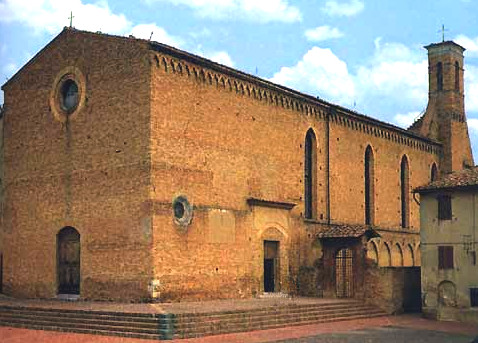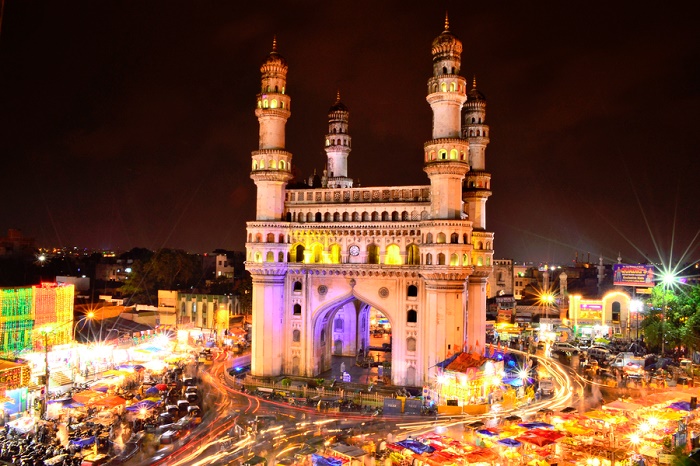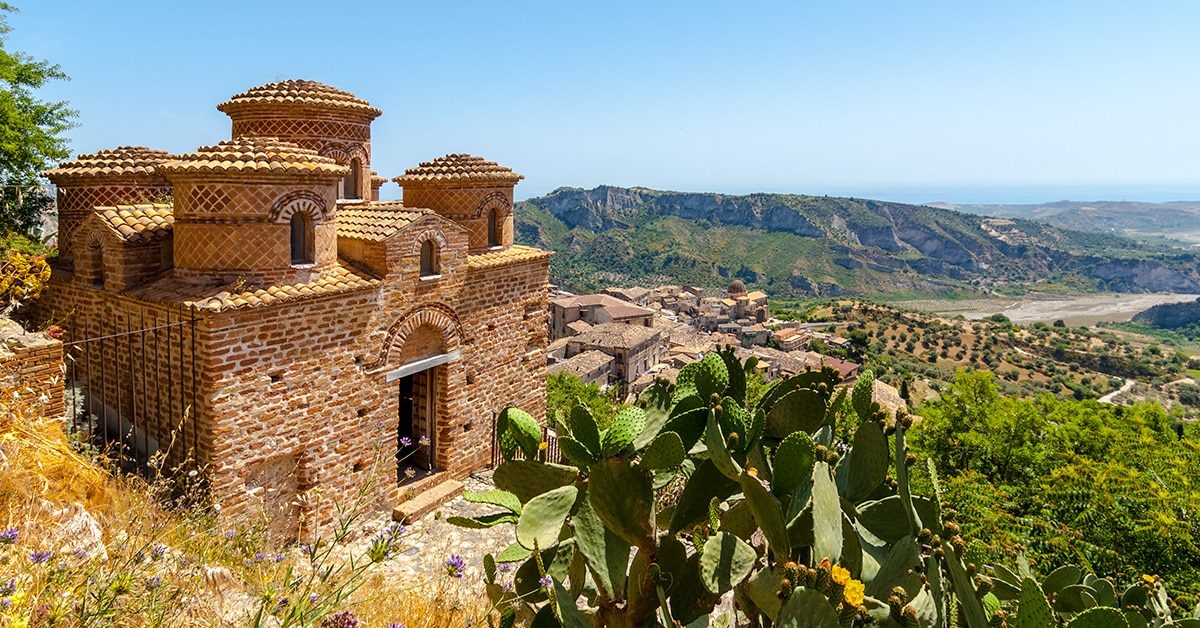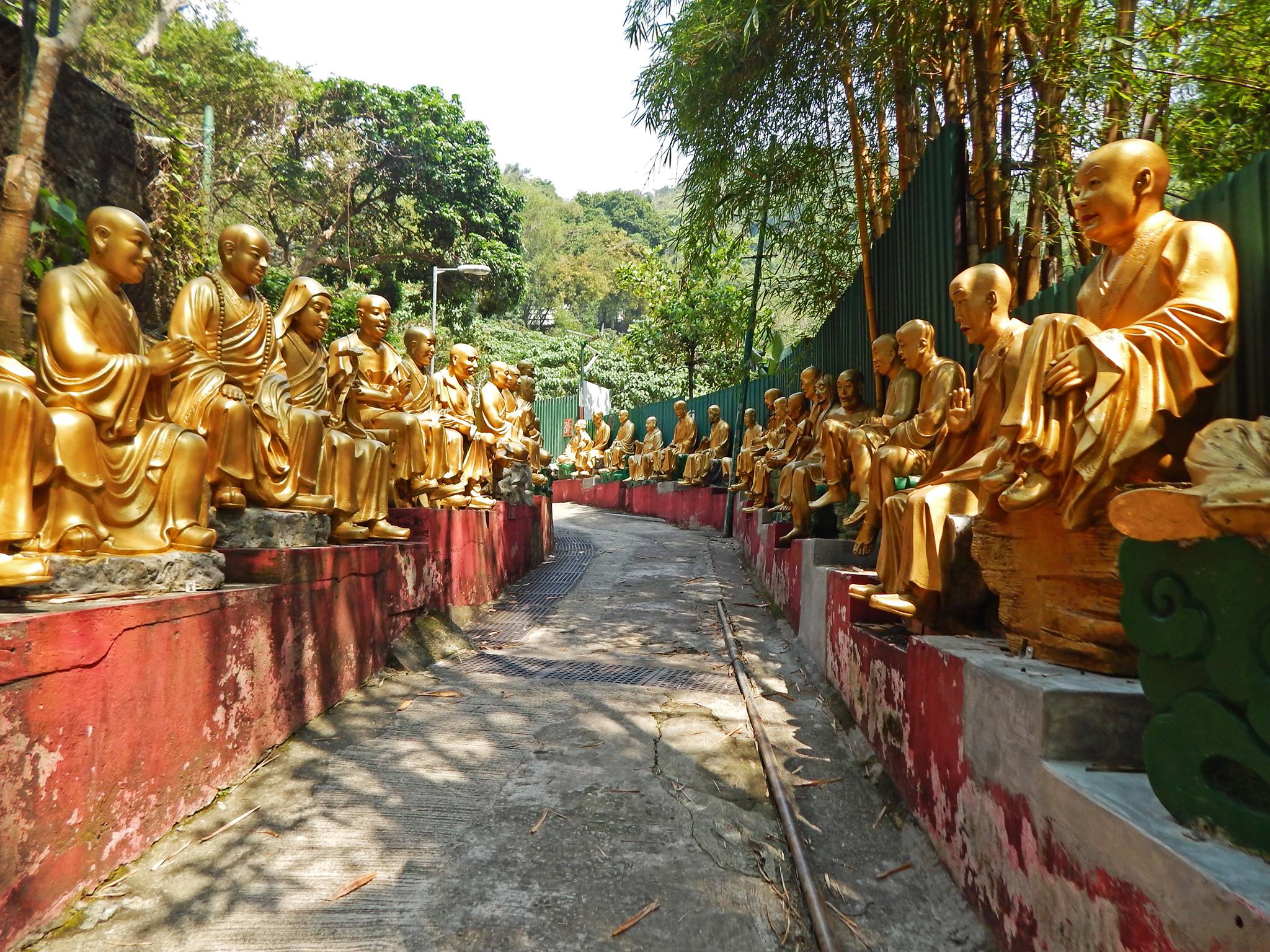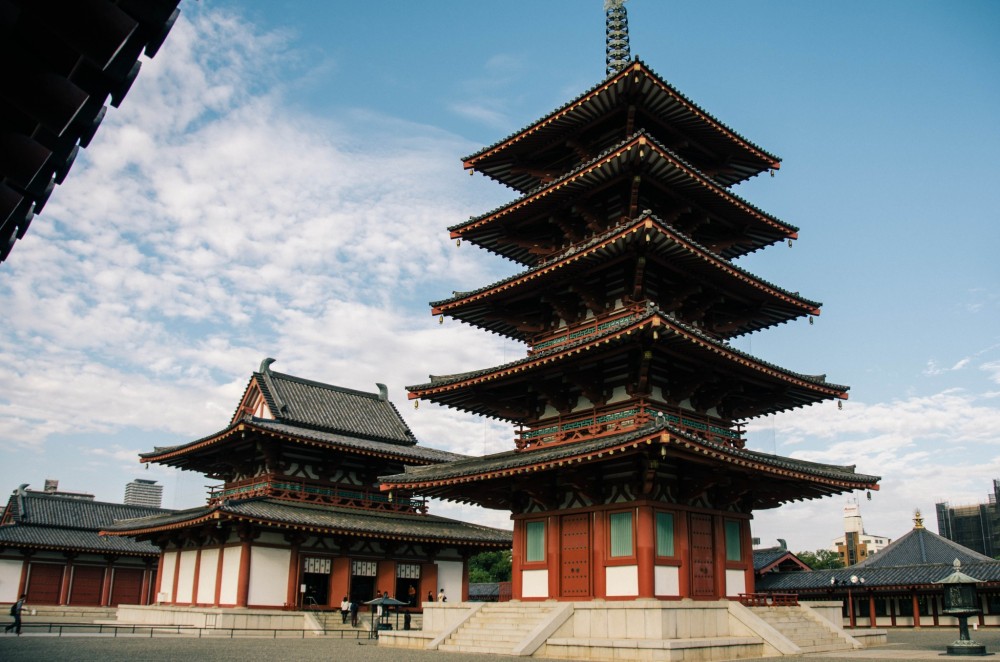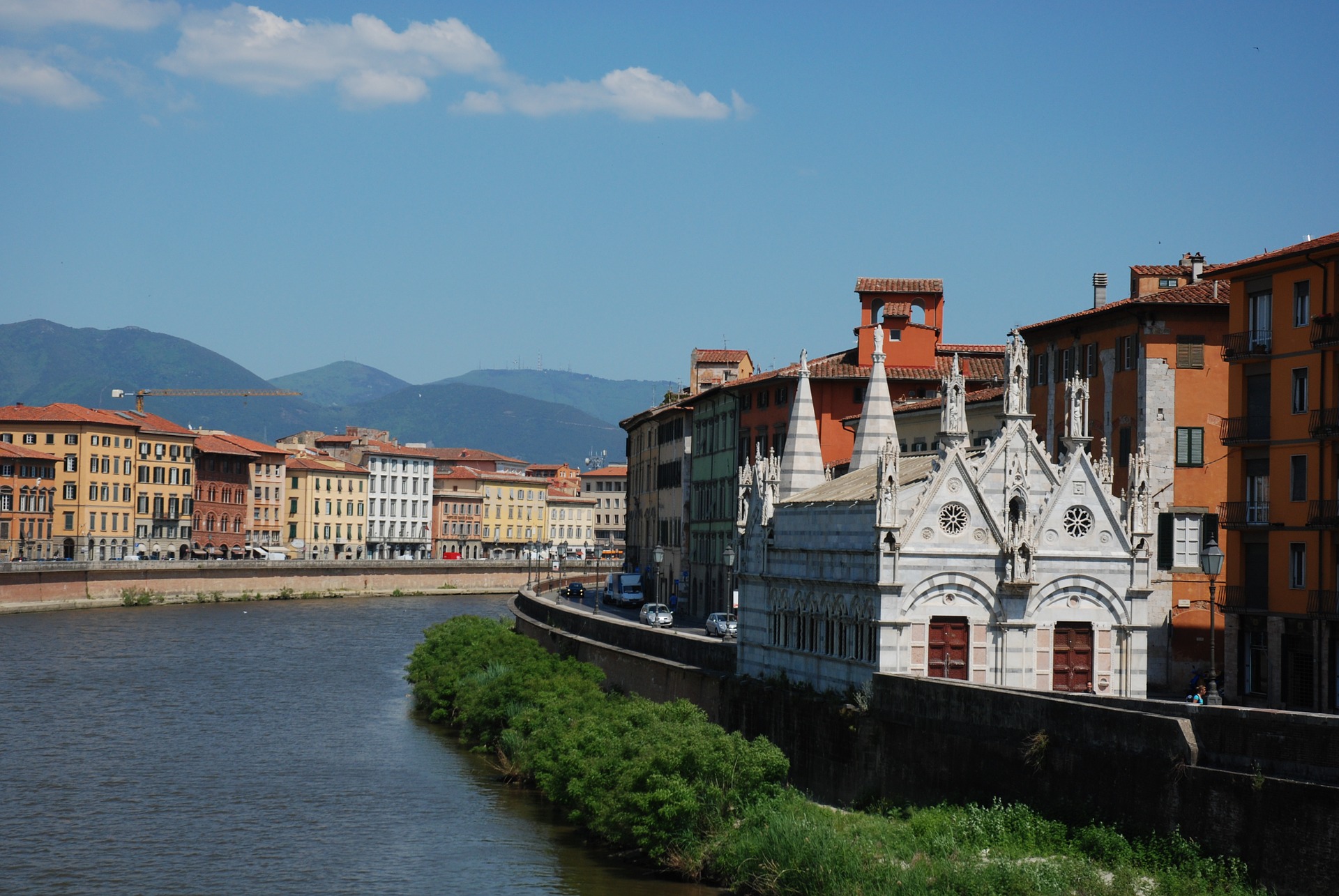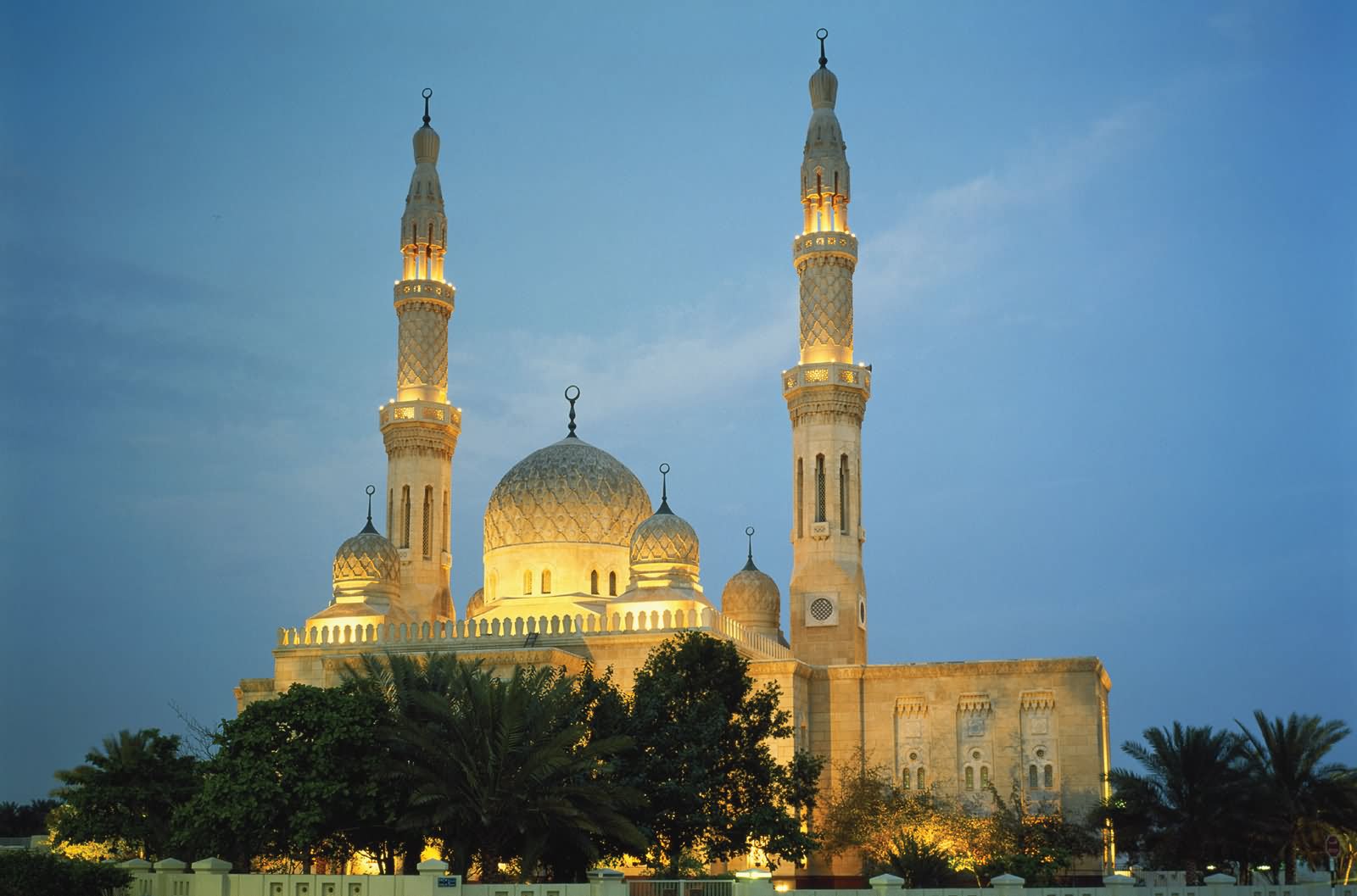Its very simple facade still retains the characters of the original architecture. The door on the main facade is no longer used as an entrance, but ordinarily the door opening on the right side is used to enter the church.
The interior has a nave with a truss roof and three ogival apses.
Construction of the church of St. Augustine, with a single nave in Romanesque style and Gothic elements, lasted from 1280 to March 31, 1298, when it was consecrated by Cardinal Matteo d’Acquasparta. Prior Frà Domenico Strambi was responsible for the construction of the cloister in the second half of the 15th century and the Renaissance decoration of the church.
Of considerable interest is the chapel of Blessed Bartolo, whose mortal remains are enshrined in a marble monument sculpted in 1495 by Benedetto da Maiano; the wall and vault frescoes were executed in 1500 by Sebastiano Mainardi; the terracotta floor is by Andrea della Robbia. Dominating the high altar is the Coronation of the Virgin with Saints, with incisive features, a panel painted in 1483 by Piero del Pollaiolo.
To Benozzo Gozzoli we owe the cycle of frescoes, in the main chapel, with episodes from the life of St. Augustine, executed in the years 1464-1465 with the help of his pupils Pier Francesco Fiorentino and Giusto di Andrea, authors also of the votive fresco of St. Sebastian. Valuable are fragments of frescoes by Bartolo di Fredi and a Madonna by Lippo Memmi (1317), as well as Fra’ Bartolomeo’s panel with Madonna and Saints ( 1530) and in the Sacristy a wooden Crucifix from the 15th century. – See more at: http://www.sangimignano.com/it/arte-e-cultura/chiese/chiesa-santo-agostino.asp#sthash.a2WWBfoj.dpuf
